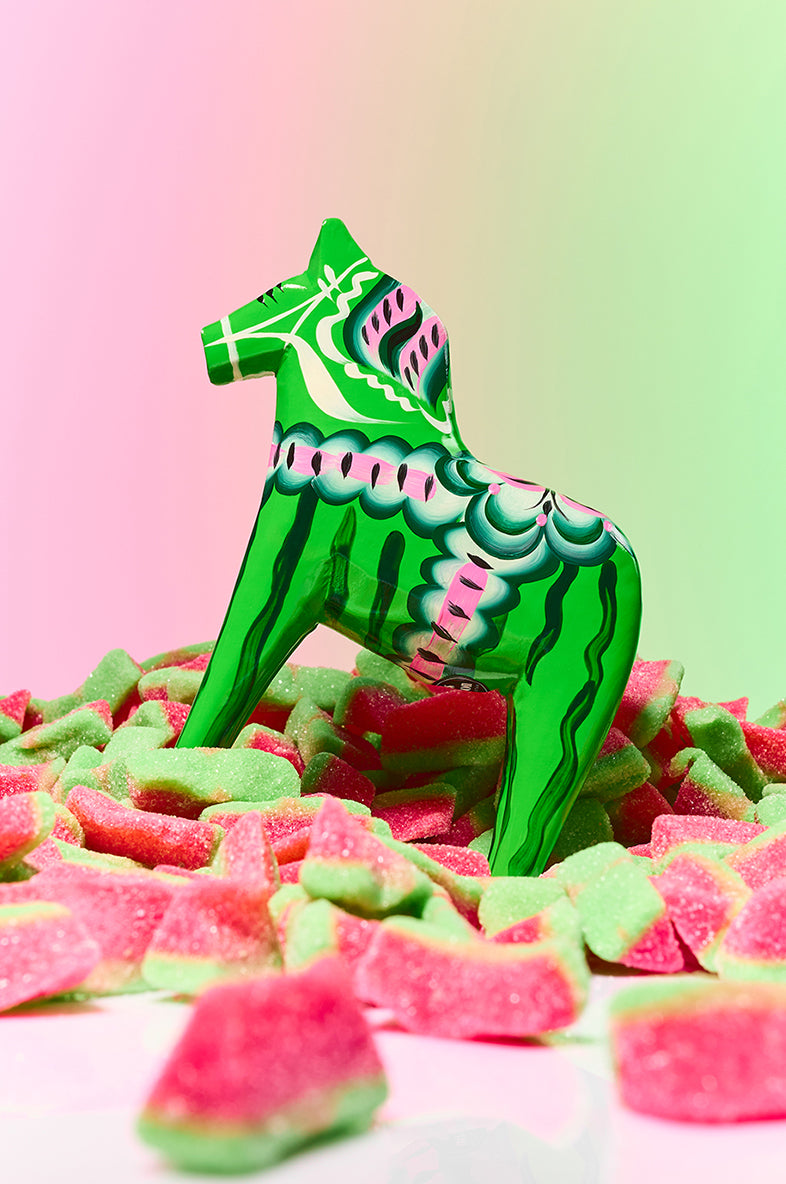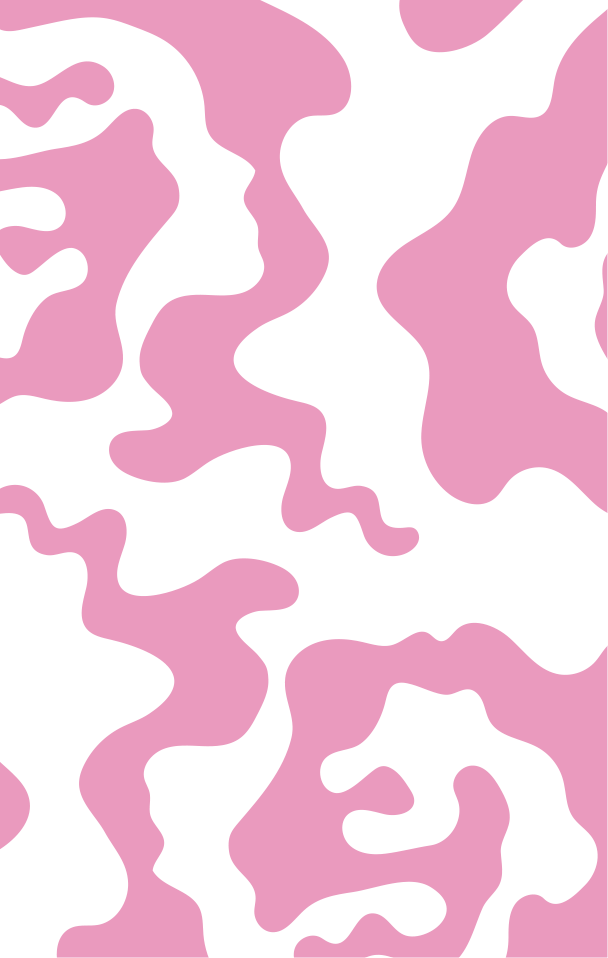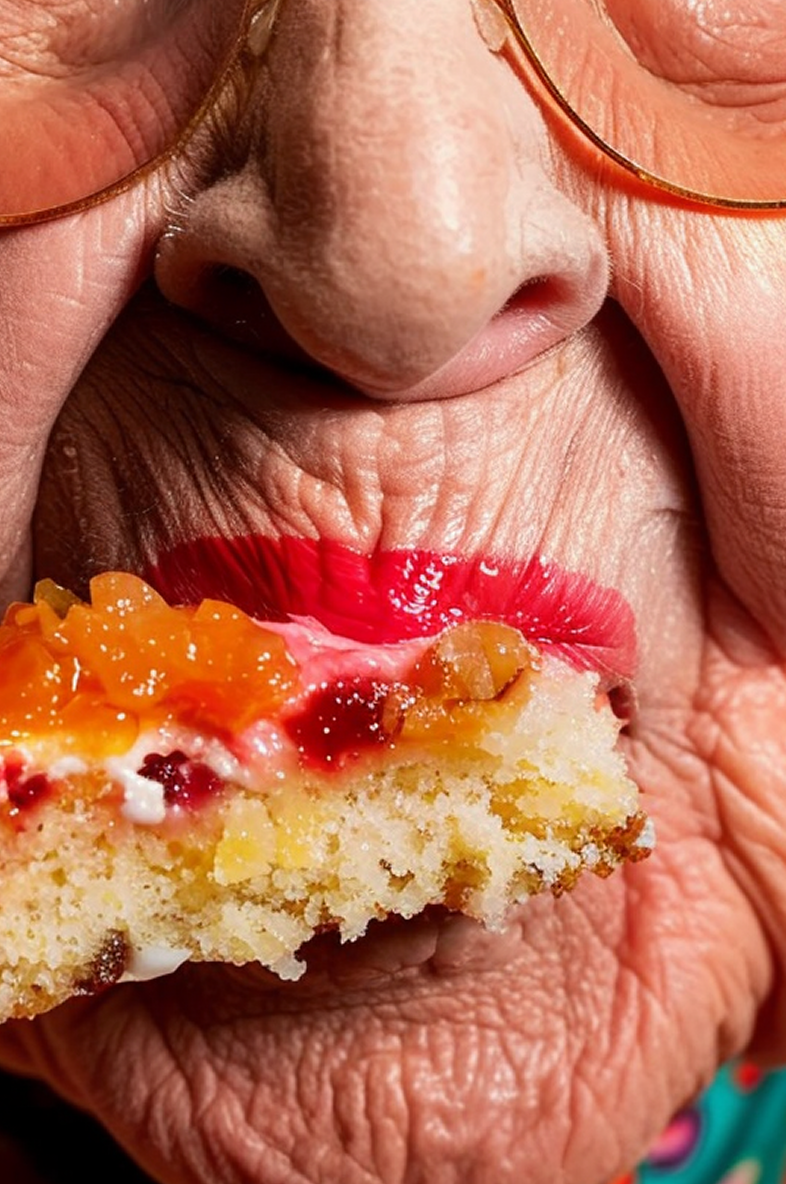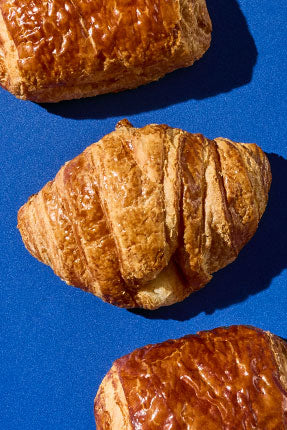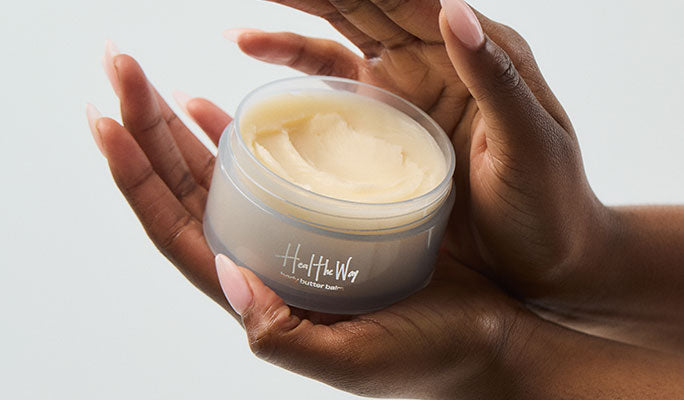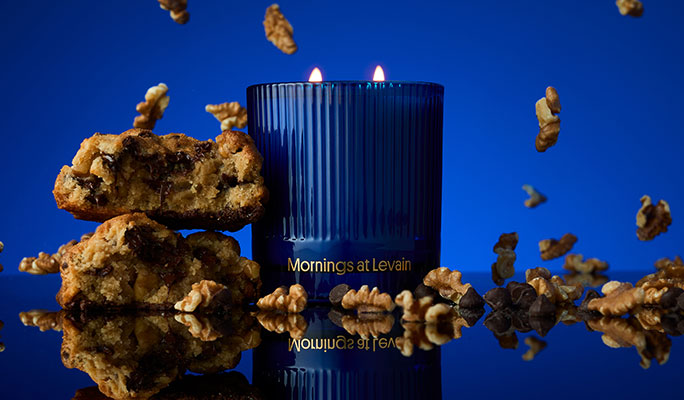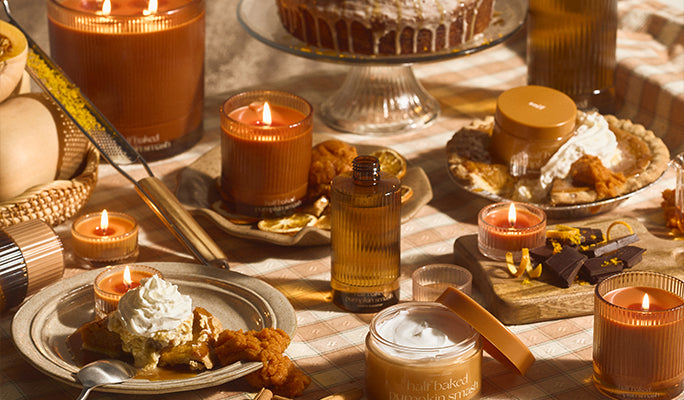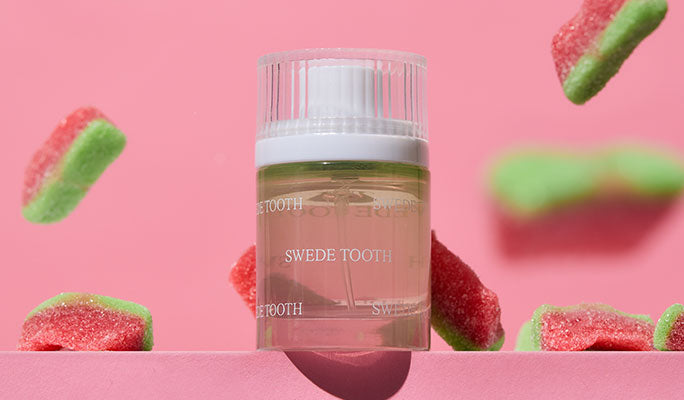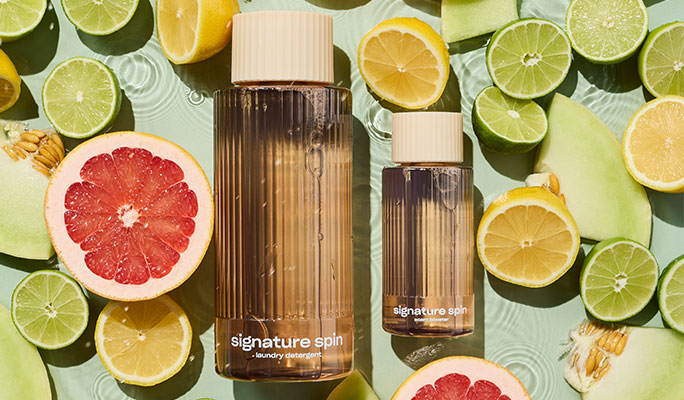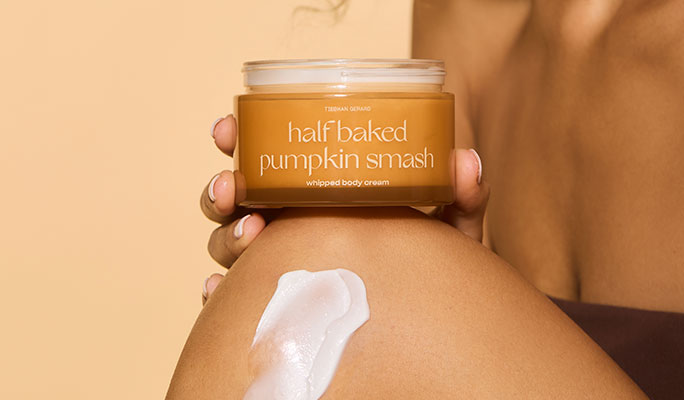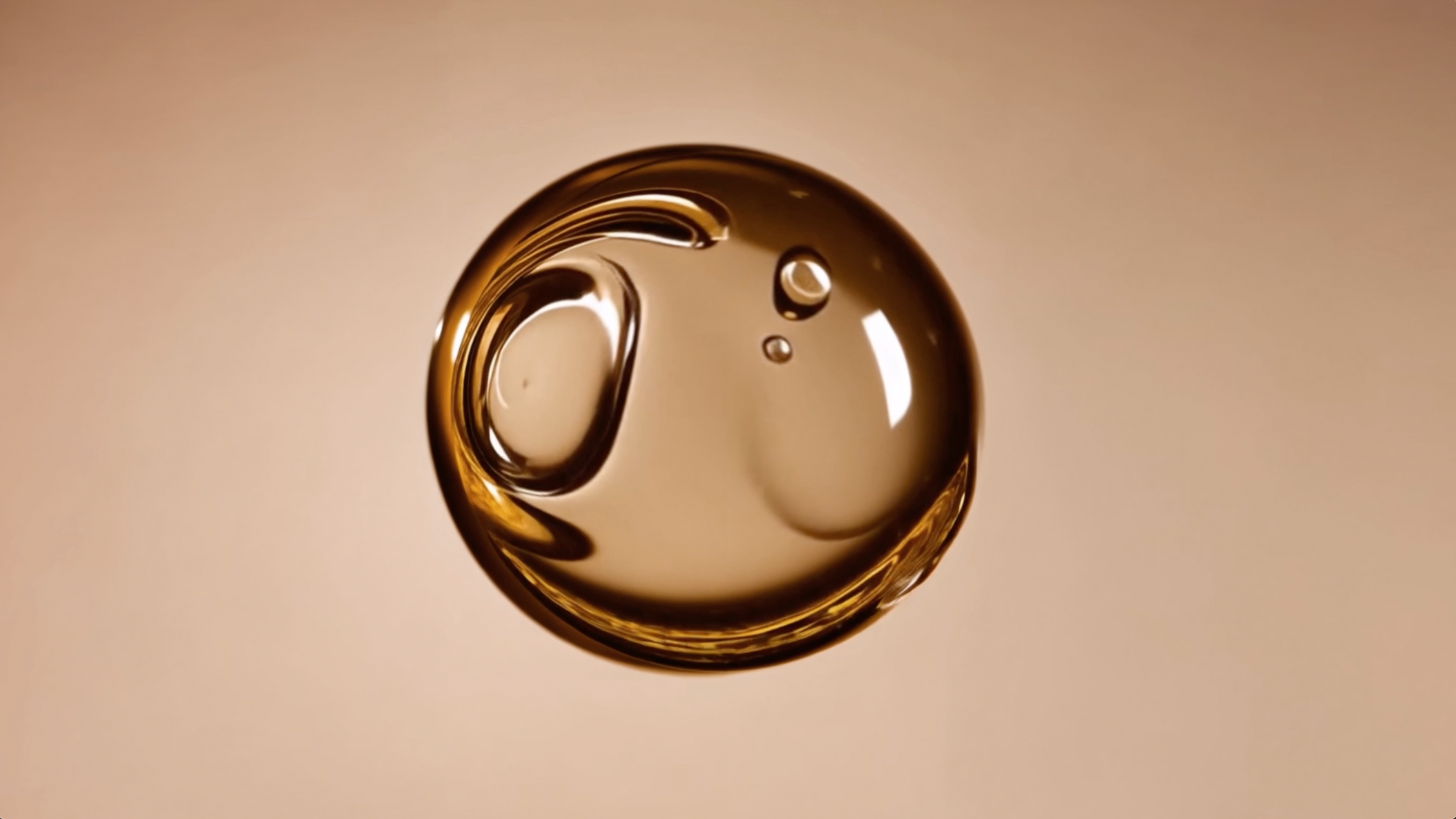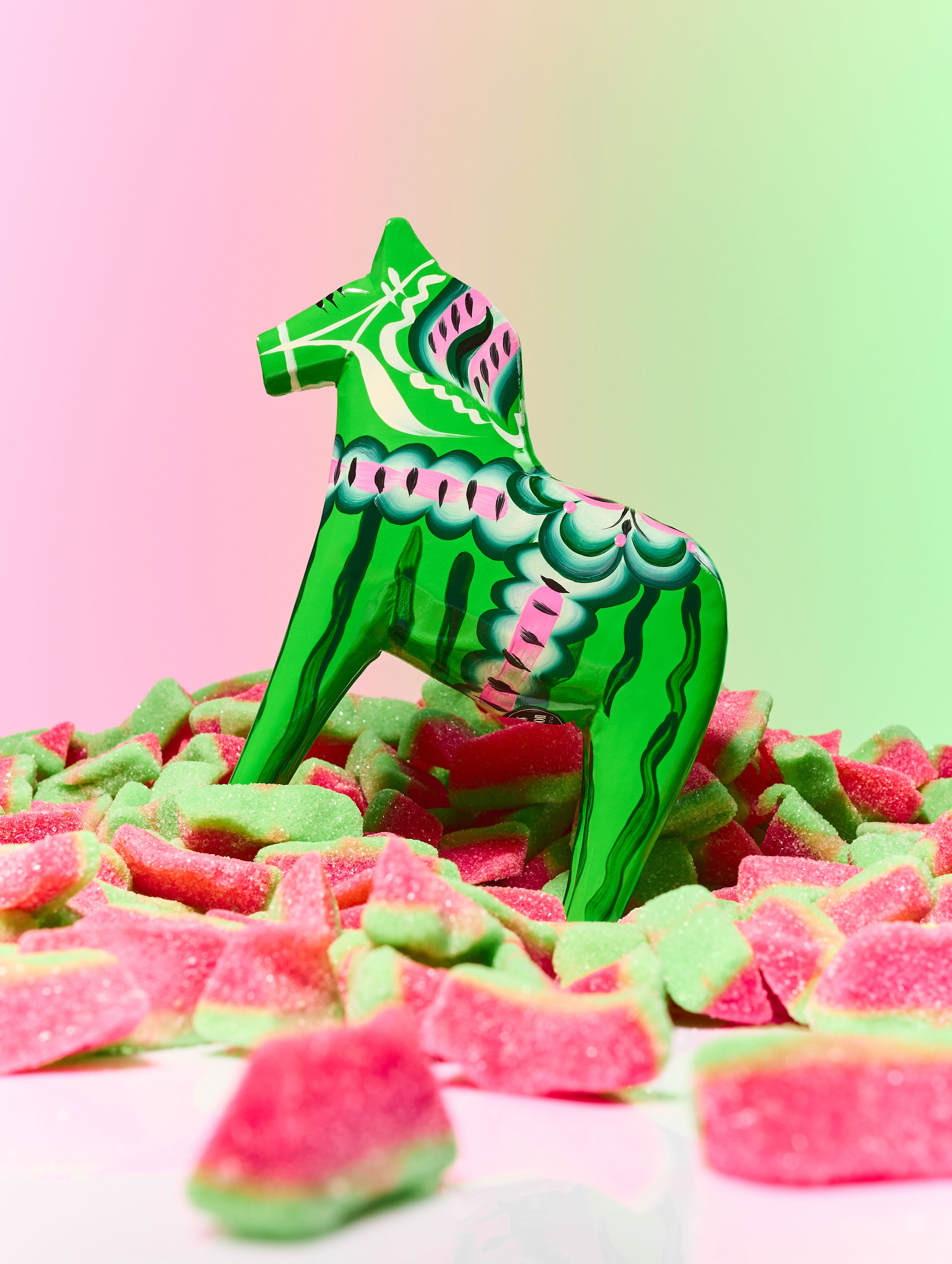We know that finding your scent can be daunting, especially when you’re not sure how to pronounce half the scents in a fragrance — let alone imagine what they smell like. With phrases like “eau de parfum”and “base notes” being tossed around, it might seem like the whole world of scents is too complicated to invest in.
Snif isn’t the brand to harp on scent notes, but we know it's our role to act as the translators of the fragrance world to make it easy to understand. At Snif, we want to give you all the information you need to find your signature scent, without all of the fragrance jargon or gendered words like “perfume” or “cologne.”
In this article, we’re going to tell you about one of our favorite scents — sandalwood — without the complex description nonsense.
Meet Sandalwood: Citrusy, Floral, and Woody
If you’ve never heard of sandalwood (or have heard of it but have no idea what it smells like), you’ve come to the right place. Although sandalwood is one of our favorite fragrance ingredients, we know that most people are introduced to sandalwood for the first time when they are scent shopping. Here are some sandalwood FAQs we get regularly.
What Does Sandalwood Smell Like?
Sandalwood is considered a “woody” fragrance. Other scents in the woody family include pine, cedar, cypress, vetiver, and patchouli, which may help lead you in the right direction.
When you first smell this earthy scent, it might seem a little sweet, spicy, and musky along with its strong woody vibe. However, unlike other woody scents, sandalwood settles soft, smooth, and creamy.
You might be wondering how a scent can possibly smell smooth and creamy. You know when you smell a Christmas tree or walk into a forest, and your nose starts to tingle? Sandalwood is a slightly smoother woody scent, so it won’t cause that familiar nose tingle and might seem more mellow. Some people describe the smell of sandalwood as buttery, comforting, and sensual.
It’s a really rich scent that’s perfect for someone who wants a strong woody smell with a little softer of a twist. Compared to other woody scents like cedar, sandalwood is a bit more subtle and brighter. You might notice that sandalwood is considerably sweeter than classic woody scents like cedar and pine.
This unique distinction sets sandalwood apart from other woody components, making it an in-demand base ingredient. Its subtle sweetness seamlessly blends with other fragrance notes, while its rich, creamy depth delivers longevity.
It should come as no surprise, then, that sandalwood has become a staple in scented products, used to anchor everything from fragrances and candles to soaps and lotions. Its warm, grounding aroma can improve an overall scent profile and transform a simple fragrance into a sensory experience.
Where Does the Sandalwood Tree Grow?
Sandalwood comes from the essential oil, santol. Santol is extracted from the Indian sandalwood tree and other trees in its family. Today, a Santol tree can be hard to come by because it produces highly sought-after oil for both fragrance and aromatherapy purposes. As a result, it is currently considered an endangered species.
Given that everyone wants to get their hands on sandalwood and there are so few trees left, it is considered the most expensive wood. Due to the dwindling population of sandalwood trees in India, today’s sandalwood oil usually comes from Australian sandalwood or New Caledonia sandalwood. Nowadays, you can find sandalwood trees in Indonesia, Nepal, Bangladesh, Pakistan, and Hawaii in addition to their traditional Southeast Asian homes.
This high demand has led to overharvesting and habitat destruction, especially in areas where sandalwood trees are becoming scarce.
To counteract this devastation, ethical brands have turned to sustainable alternatives, including lab-grown sandalwood oil and synthetic substitutes that replicate its scent profile. These alternative sources let you enjoy the benefits of sandalwood while protecting the planet.
It can be hard to notice the differences between these sandalwood varieties at first, but if you try hard enough you can start to catch them over time. Sandalwood from Australia is slightly woodier and has a lighter scent than Indian sandalwood, whereas the scent of New Caledonia is really creamy and very similar to Indian sandalwood.
What Are the Benefits of Sandalwood?
The most celebrated benefit of sandalwood is its unmatched scent. With its uniquely warm, creamy, and sweet aroma, sandalwood stands out as soothing and sophisticated. Its versatile palette can enhance everything from light, refreshing body mists to rich, luxurious perfumes.
Another advantage of sandalwood is its role as a natural fixative. While many cosmetic products rely on an overwhelming number of synthetic fixatives to extend their shelf life, sandalwood may be able to organically prolong longevity.
Sandalwood's distinct aroma can linger on the skin and stabilize other scents, preventing them from evaporating too quickly.
Beyond its rich, woody aroma, sandalwood also offers therapeutic benefits. It is a popular ingredient in essential oils, known for its ability to promote relaxation and enhance meditation practices.
By calming the mind and helping to ease tension, sandalwood might be able to contribute to your overall well-being.
What Scents Layer Well With Sandalwood?
The sandalwood scent is distinct because it complements other scents so well, kind of like that friend you can bring to any party. Your favorite sandalwood pairing is going to be up to you to decide, but these are some fan favorites you might want to try.
Citrus
You can easily layer sandalwood with citrus scents like orange blossom or clementine to make a light, bright scent with an earthy, woodsy twist.
Jasmine
Sandalwood also pairs exceptionally well with jasmine, a floral scent that’s rich, sweet, and fruity. The slight musk scent in jasmine works really well with the slight musk in sandalwood.
Black Tea
Sandalwood can also be layered on top of black tea to enhance the sweet and floral scents that come from this classic fragrance.
Vetiver
Vetiver is also a member of the woody fragrance family but smells a bit drier and leathery than sandalwood. For this reason, when combined, sandalwood and vetiver make a complex, delicious woody pair.
What Should You Snif If You Love Sandalwood?
If you’re sold on sandalwood at this point and want to make it your signature scent, we’ve got you covered. There are a few different Snif fragrances and candles that incorporate sandalwood. Luckily, you can take them all on a test run to decide which one suits you the best with our trial kits. Give them all a spin, and see which one feels the most like you.
Show Pony
If you’re looking for a dark horse scent, we recommend Show Pony. This fragrance combines black tea, saffron, vetiver, sandalwood, bergamot, black pepper, and golden plum to create a scent so smooth and warm you’ll never want it to wear off.
Natural Talent
Our Natural Talent scent just can’t help but steal the show. Along with sandalwood, you’ll find apricot, jasmine, soft suede, osmanthus flower, clementine, and citrus in this scent. All of these ingredients make Natural Talent juicy, leathery charisma in a bottle.
Way With Woods
You know those days when you want a subtle, inviting scent that can last you through a long work day and into a night out? We definitely do — and Way With Woods is the perfect easy-to-wear scent combining white tea, mandarin, amber woods, vetiver, musk, and sandalwood. There’s a reason this is our hands-down fan favorite.
Ditch Plains
Missing the beach? We’ve got the perfect candle for you. Ditch Plains, named after a beach in the heart of Montauk, NY, is the essence of an east coast surf summer captured in a candle. Made from sandalwood, orange blossom, tuberose, orris, rum, cedarwood, tobacco, and amber, this candle will always bring you back to the beach.
Find Your Fragrance
We hope you’re feeling a little more confident and ready to go out there and find your fragrance now that you know all about what sandalwood smells like, where it comes from, and what it layers well with. Remember, you can try any of the scents and candles we talked about in this article with Snif’s try-before-you buy program — because we know that, ultimately, your nose has the final say.
Sources:
Re-discovering Sandalwood: Beyond Beauty and Fragrance | NIH
Jasmine Benefits | Natural Health Guide | NIH
NCI study of tea drinkers in the UK suggests health benefits from black tea | NIH





